Mold Inspection to Safeguard Your Space

High-resolution images depict mold inspection processes within homes, highlighting areas prone to moisture accumulation.
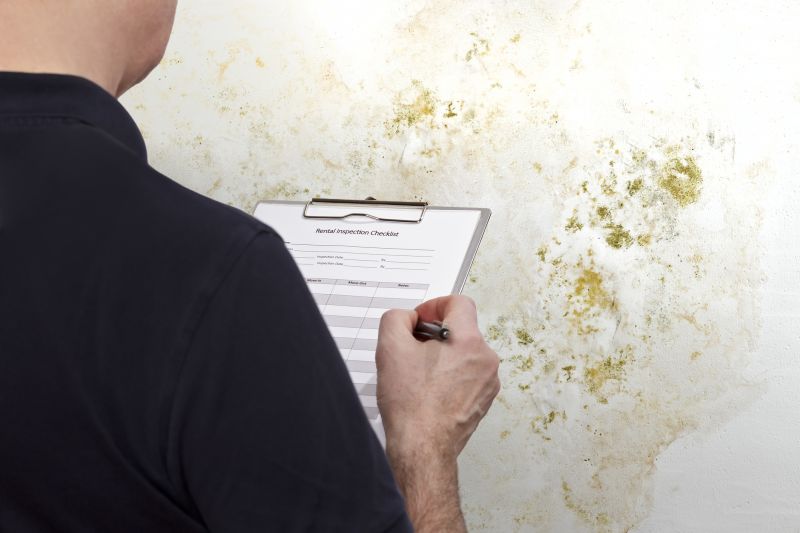
Visuals show professional inspections in commercial buildings, emphasizing the importance of early detection.
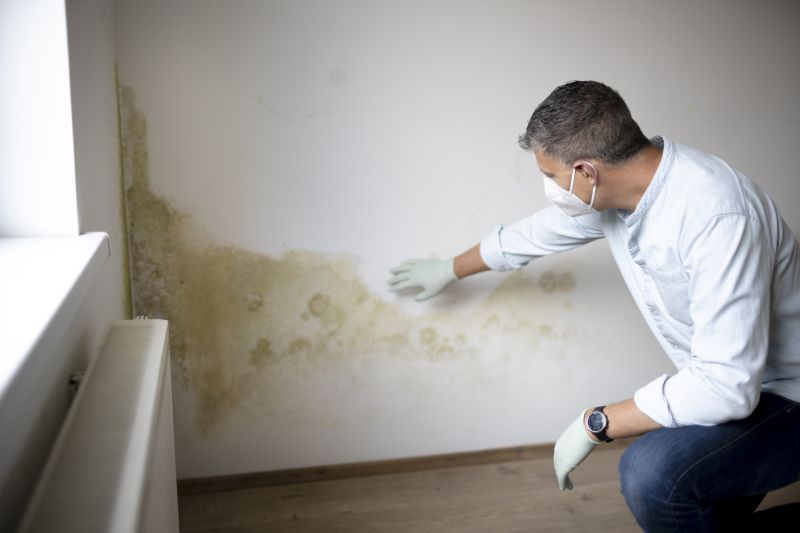
Detailed images of sample collection and analysis demonstrate the thorough approach to identifying mold types.
Mold inspections are essential for identifying hidden moisture problems and mold growth that may not be visible to the naked eye. Mold can develop rapidly in areas with excess humidity or water intrusion, leading to potential health issues and property damage. Routine inspections help detect mold early, minimizing remediation costs and health risks.
Statistics indicate that over 50% of indoor environments may contain some level of mold growth, often in areas such as basements, bathrooms, and behind walls. Professional inspections utilize specialized equipment like moisture meters and air sampling devices to accurately assess mold presence and concentration levels, ensuring comprehensive evaluation.
Duration of a Mold Inspection
A typical mold inspection takes between one to three hours depending on the size of the property and the complexity of the inspection areas. Professionals systematically examine accessible areas, perform air and surface sampling, and document findings to provide a detailed report.
Mold Inspection Process
The process begins with a visual assessment of the property, focusing on common mold hotspots. Moisture levels are measured, and samples are collected for laboratory analysis. The inspector evaluates HVAC systems, plumbing, and hidden spaces for signs of water intrusion. After analysis, a detailed report outlines the findings and recommended actions.
Advantages of Hiring a Professional for Mold Inspections
Professional inspectors utilize advanced equipment and expertise to detect mold accurately, including hidden or airborne spores. Their thorough approach helps identify potential sources of moisture, preventing future mold growth. Hiring a qualified inspector reduces the risk of overlooked issues and ensures appropriate remediation strategies are recommended.
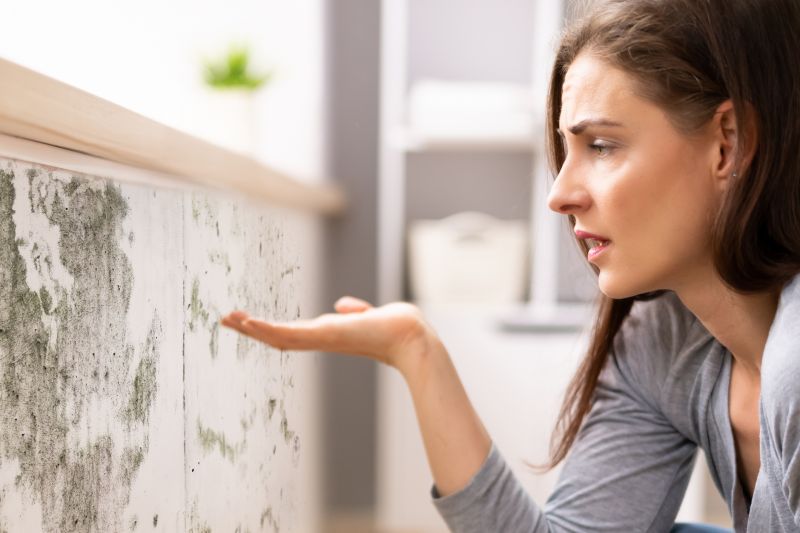
Photos showcase detailed reports with findings, recommendations, and next steps for property owners.
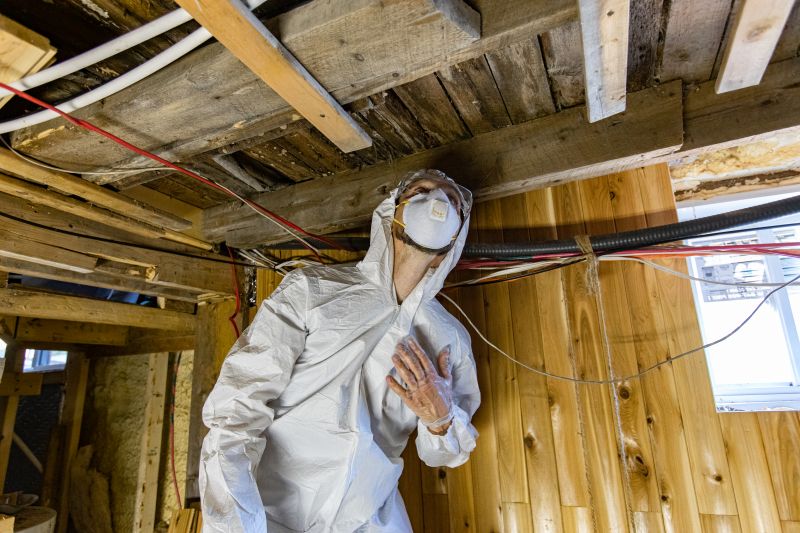
Visuals of collected mold samples highlight the meticulous sampling process for laboratory testing.
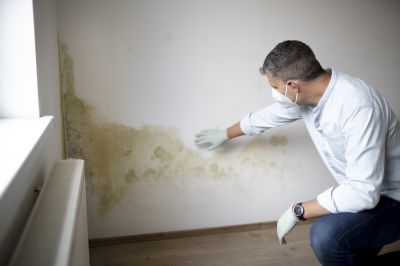
Images depict planning sessions for mold remediation based on inspection results.
Proper mold inspection is a critical step in maintaining healthy indoor environments. Detecting mold early can prevent extensive property damage and health concerns. If interested in obtaining a detailed assessment, filling out the contact form can provide a tailored quote for mold inspection services.



